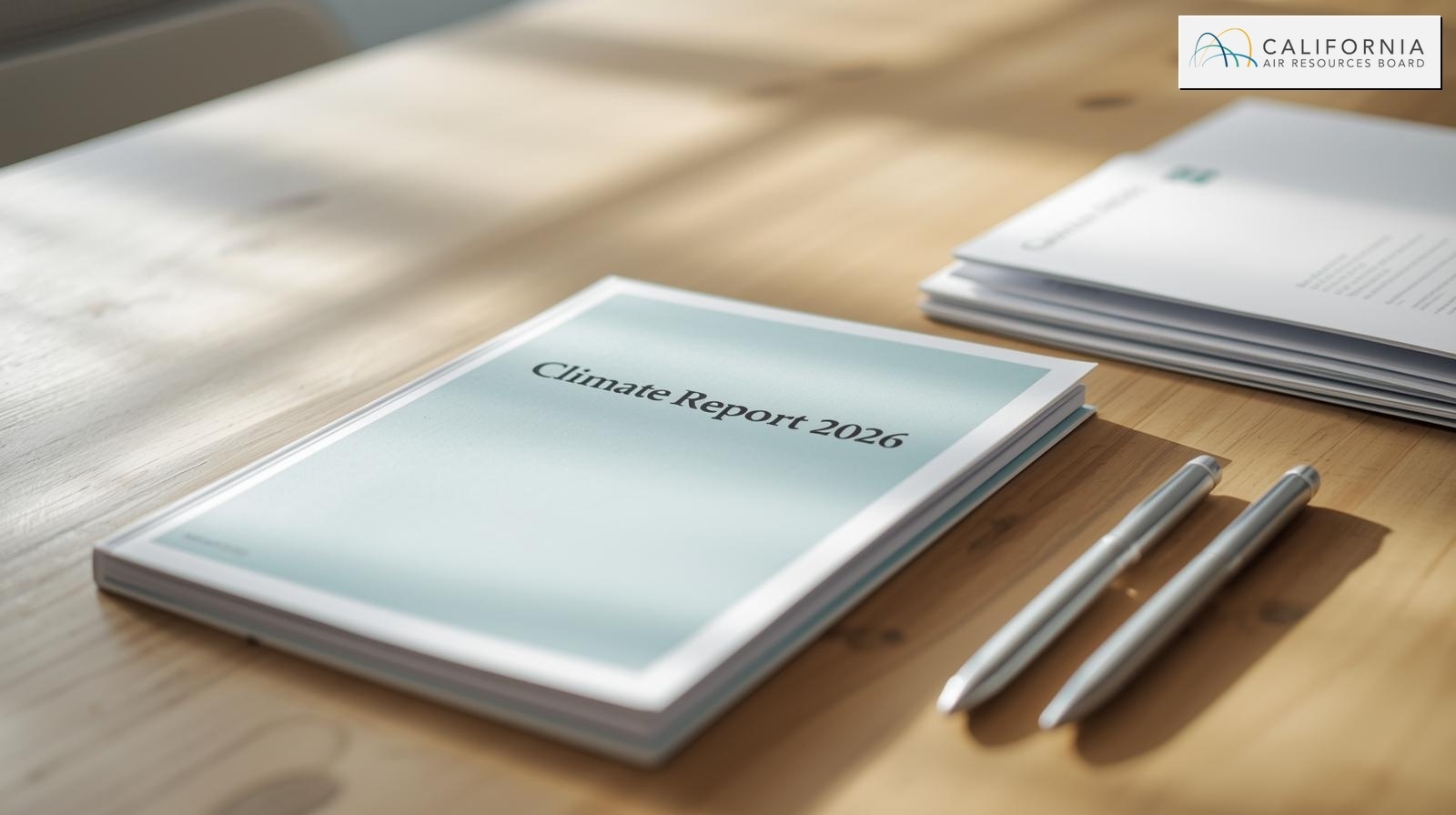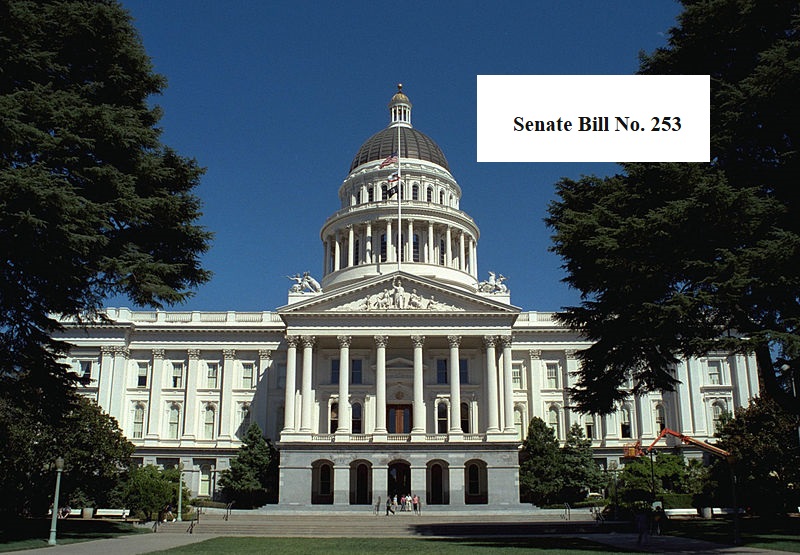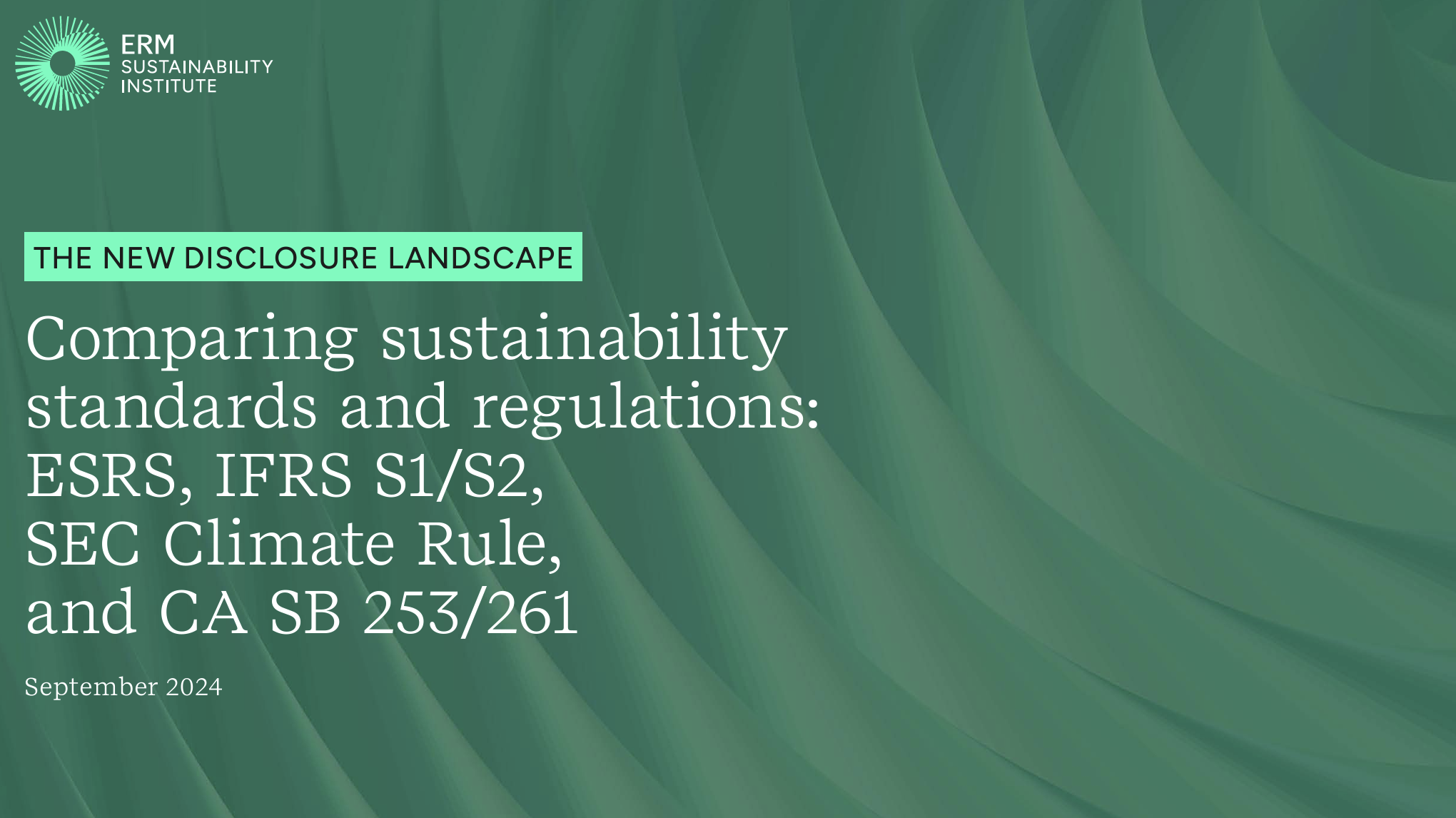CARB issues Draft Checklist for SB 261 climate related financial risk reports
This brief outlines CARB’s Draft Checklist for climate‑related financial risk reports under SB 261, showing how preparers can map existing disclosures to statutory requirements. It highlights the minimum content aligned with TCFD/IFRS S2 and clarifies key procedural points for the first reporting cycle, while noting that the checklist is guidance rather than law.

The California Air Resources Board (CARB) has released the “Climate Related Financial Risk Disclosures: Draft Checklist” to guide initial compliance with SB 261, codified in Health and Safety Code § 38533. The programme covers U.S. businesses doing business in California with annual revenues exceeding $500 million and excludes entities in the business of insurance. Reports are required biennially, with the first report due on 1 January 2026. CARB will open a public docket from 1 December 2025 to 1 July 2026 for entities to submit the location of the public link to their report. The draft emphasises decision‑usefulness and materiality, directing preparers to focus on climate‑related financial risks and the measures adopted to reduce and adapt to those risks that are relevant to users such as investors.
Frameworks and minimum content
The draft allows reporting against the TCFD Recommendations (2017), IFRS S2 Climate-related Disclosures, or a report prepared under a regulated exchange, a national government, or another governmental entity. Each reporting entity should state the framework applied and indicate which recommendations or disclosures are covered or omitted, together with brief reasons and any plans to expand coverage. The checklist is non-binding; where conflicts arise, the statute (SB 261, codified in Health and Safety Code § 38533) and any future CARB regulations take precedence.
The minimum disclosure expectation follows the familiar TCFD and IFRS S2 structure. Under Governance, companies describe how management oversees climate-related financial risks and, where applicable, how the Board exercises oversight. Under Strategy, companies set out the actual and potential impacts of climate-related risks and opportunities on operations, strategy and financial planning across the short, medium and long term, together with an explanation of strategy resilience; scenario analysis may be discussed qualitatively. Under Risk management, companies explain how climate-related risks are identified, assessed and managed and how these processes integrate with overall risk management. Under Metrics and targets, companies disclose the metrics and targets used to assess and manage relevant risks and opportunities where material. For the initial reporting period, frameworks permit Scope 1, Scope 2 and Scope 3 disclosures where appropriate; however, in light of feasibility constraints ahead of the legislatively directed 1 January 2026 deadline and potential duplication with Health and Safety Code § 38532, CARB does not currently treat greenhouse gas emissions reporting as a minimum requirement. Where a report includes greenhouse‑gas claims or statements about voluntary reductions, the state board may consider those claims if they are verified by an independent third‑party verifier.
Clarifications in the draft
The draft confirms that consolidation at the parent level is acceptable. Where a parent entity reports in accordance with Health and Safety Code § 38533 and covers its subsidiaries, those subsidiaries that independently meet the revenue threshold are not required to prepare a separate report. The statute does not prescribe calendar versus fiscal year treatment for the first cycle; CARB references the use of the most recent and best available data. Reports must be published on the company’s own website and, within the specified window, the link must be submitted to the public docket. If a report is also made available via a third‑party platform, the company still needs to host the report on its own website and submit that link to CARB.
Conclusion
CARB’s draft checklist establishes a baseline for SB 261 reporting by aligning minimum content with TCFD and IFRS S2, confirming the option for parent‑level consolidation and setting out the public docket and first‑year timetable. While the checklist is non‑binding and defers to statute and future rulemaking, it provides a clear structure for initial disclosures, including the possibility of qualitative scenario discussion in the first cycle. Overall, it clarifies scope and process without extending the legal requirements.



